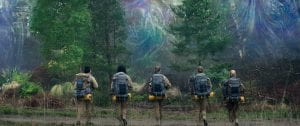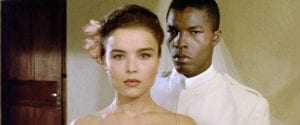
Tom Cruise in Vanilla Sky
Some thoughts on rewatching Vanilla Sky twenty years after its release
Normally I disapprove of Hollywood remakes, especially when the original film was (a) not a direct adaptation of a novel, (b) released only a few years earlier, and (c) a well-regarded foreign language movie. However, having never seen Alejandro Amenábar’s 1997 Spanish film Abre los ojos (Open Your Eyes), I feel entitled to review Cameron Crowe’s 2001 version starring Tom Cruise (who also produced) on its own terms. In fact I had seen it before, around the time of its release, but had only the vaguest recollections of the movie, and not wholly positive ones. Continue reading









